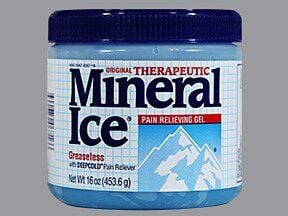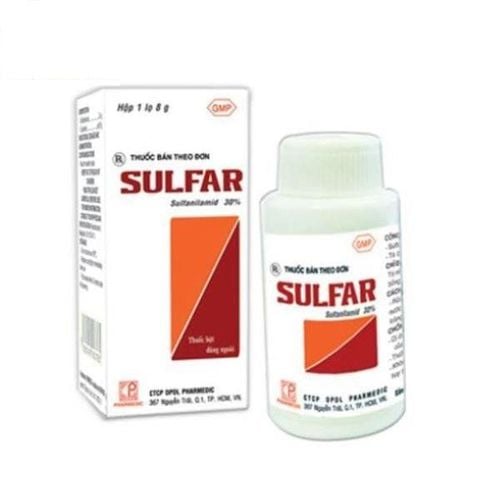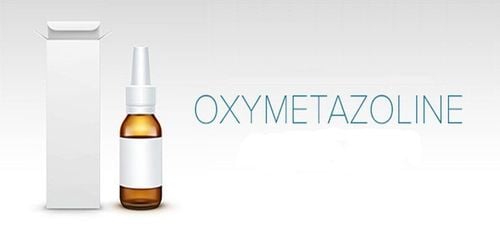This is an automatically translated article.
From ancient times until now, wind oil is often chosen as an effective topical treatment for colds, flu, and pain relief. However, it is not always possible to use essential oils, especially on open wounds. So what should be applied to open wounds for effective treatment?
1. What are the components of wind oil?
Wind oil is mainly composed of essential oils, usually mint and other auxiliary active ingredients depending on the use that the manufacturer is aiming for. However, in general, wind oil has the two most common ingredients, menthol and methyl salicylate found in menthol, in addition to accompanying ingredients such as cinnamon, melaleuca, camphor, basil, pine, camphor , cineol.
Wind oil has the effect of reducing fever, sweating, pain and cough, antiseptic often used to treat diseases such as colds, flu, headache, runny nose, joint / muscle pain, flatulence, indigestion, neuralgia, insect stings,... effective.
2. Harm of applying wind oil to open wounds
Many cases have only minor injuries, but using wind oil to massage, apply heat, and apply medicine to the wound causes the skin to become necrotic and infected. The reason is due to the concept that hot oil massage, high paste, leaves, rubbing alcohol have the effect of dissolving bruises. However, the wrong treatment method, in which applying oil to open wounds causes a lot of hematoma, causing necrosis, the risk of blood infection leading to death, sequelae of muscle atrophy or stiffness later on.
Instead, the patient can use cold compress at home because it helps the blood vessels to constrict, limiting bleeding and hematoma. Absolutely should not use wind oil, plaster, alcohol after the injury if the injured area is swollen, painful, limited movement, difficult to move.
3. Be careful when using wind oil
Although not a prescription product, methyl salicylate in wind oil is still classified as a pain reliever, non-steroidal anti-inflammatory drug because of its use to dilate peripheral blood vessels, increase circulation, and help the drug penetrate into tissues easily. Easy, quick relief from pain and stiffness. However, wind oil is only used externally, not to be taken orally and applied to open wounds because of the side effects of skin congestion. If inhaled regularly, it can also cause tearing of mucous membranes in the nose and throat, causing damage to the respiratory system.
Essential oils can cause cardiovascular and respiratory depression in young children. In particular, menthol can be harmful, even fatal, in young children. In addition, wind oil also contains eucalyptol and camphor - toxic to children, if absorbed a lot through the damaged skin into the body, it will cause harm to the respiratory system, even stop breathing.
4. Objects should not use wind oil
The following people should not use wind oil:
Children under 24 months old, pregnant and lactating women; Absolutely do not use for babies, especially do not apply to the nose; People with sore sores itching, sweating, high fever; People who are debilitated, have just woken up or suffer from constipation, high blood pressure. In summary, to use wind oil safely, patients should only apply it topically to relieve pain, not to open wounds because it can cause necrosis, the risk of blood infection and death. When using wind oil for pregnant women and children under 2 years old, it is necessary to consult carefully with a doctor / pharmacist.
Please dial HOTLINE for more information or register for an appointment HERE. Download MyVinmec app to make appointments faster and to manage your bookings easily.













